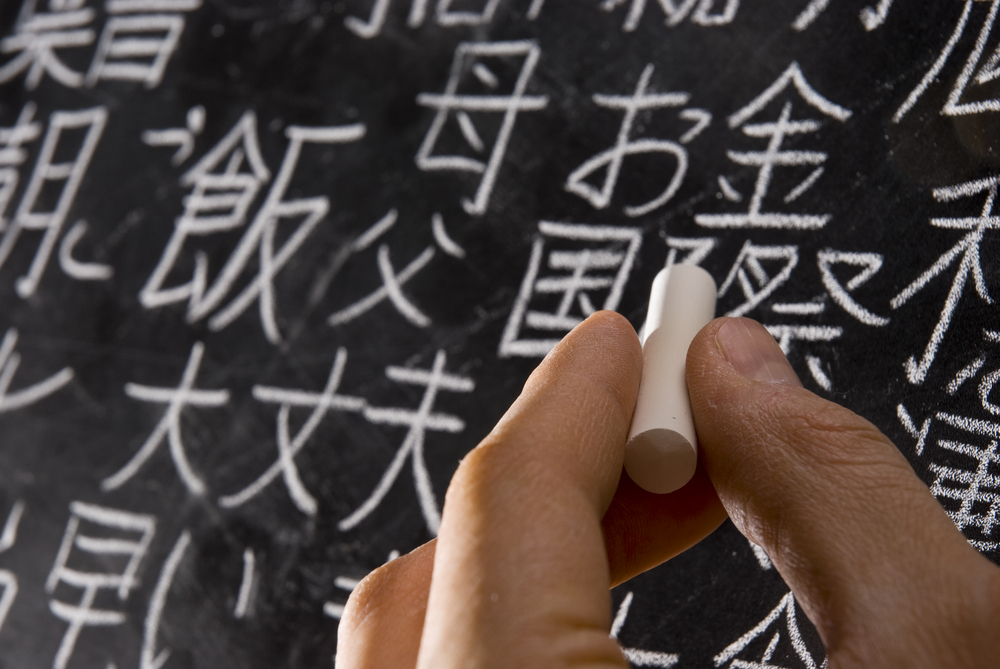Heading to Kyoto and looking for something unique to do? Stop by this interactive museum dedicated to kanji characters, located in the city’s popular Gion district. Learn through play and discover new things about characters you already know, or delve into the history of their development into modern day kanji.
Study Kanji Characters in Kyoto, Japan’s Center of Learning
Whether you love it or hate it, kanji features a prominent place in life in Japan. And what better way to get acquainted with those squiggly lines of mystery than the Japan Kanji Museum? Opened in 2016, this interactive museum is run by the Japan Kanji Aptitude Testing Foundation (the organization that runs the Kanji Kentei Test and the annual Kanji of the Year poll) and hopes to promote the characters in a fun and entertaining way.
Exciting Hands-on Exhibitions
Split into two floors, the museum has lots to explore. The 50,000 Kanji Tower stands 7.8 meters tall and displays every single kanji character in the Dai Kan-Wa dictionary. Characters appear in different colors and sizes depending on how commonly they are used in everyday life. There are also woodblock prints from the Edo and Meiji periods, as well as a complete history of the origins dating back to ancient China. There’s even a modern kanji typewriter!
Kanji Creation and Other Fun Challenges
The second floor features fun and interactive games for the whole family. Test your skills on “easy” everyday kanji like household objects and animals, or figure out what radicals combine to make certain kanji characters. Touch panel games will have you racking your brains for four-letter kanji combinations to create common phrases or proverbs. Even better, you can even make your own original kanji character from scratch! What kanji do you feel the Japanese language doesn’t have yet, but needs? Write it down and share it with the world!
If you’re worried about your kanji skills not being up to snuff, this is a great place to learn, practice … and take photos! There are tons of great photo spots on site, including a teacup you can “magically” appear from.
Presently, signage and information are only available in Japanese, but there are plans to introduce English, Korean, and Chinese information soon.
More info at www.kanjimuseum.kyoto









